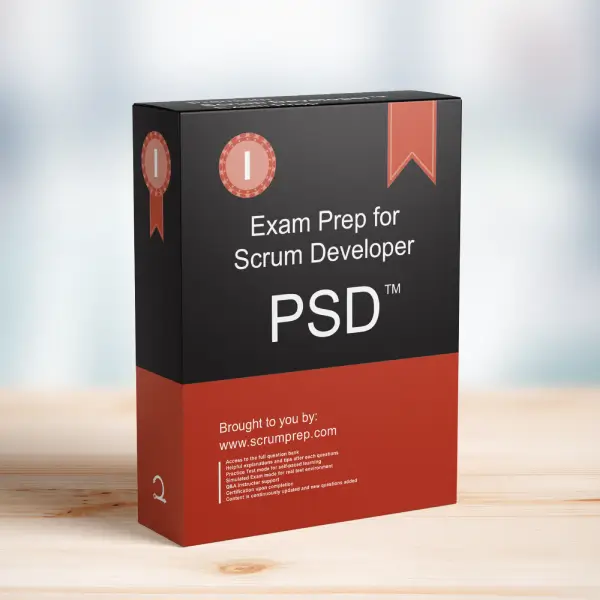Benefits of Continuous Integration
Continuous Integration (CI) is a development practice where developers frequently integrate their code into a shared repository, with each integration being verified by an automated build and test process. CI aims to detect and fix integration issues as early as possible, leading to several key benefits for the development team.
Exam Question
Choose two benefits of Continuous Integration.
(choose the best two answers)
A. It eliminates bugs completely.
B. It leads to higher transparency and rapid feedback for the team.
C. The build is executed once every night and at least once each weekend.
D. It can increase collaboration within the Developers.
Correct Answers
B. It leads to higher transparency and rapid feedback for the team.
D. It can increase collaboration within the Developers.
Explanation
Correct Answers
B. It leads to higher transparency and rapid feedback for the team:
Continuous Integration provides rapid feedback to the team by automatically building and testing the code every time changes are integrated. This transparency allows developers to quickly identify and address issues, ensuring that the codebase remains stable and reducing the time spent debugging and fixing problems later in the development process.
D. It can increase collaboration within the Developers:
CI fosters collaboration among developers by ensuring that they are constantly integrating their work with the work of others. This practice encourages communication and teamwork, as developers must frequently check in with each other to resolve conflicts, address issues, and ensure that their code integrates smoothly with the overall project.
Why the Other Options Are Less Appropriate
A. It eliminates bugs completely:
While CI helps to identify bugs early in the development process, it does not eliminate them entirely. Bugs can still occur, but CI makes it easier to detect and fix them promptly. The goal of CI is to reduce the number and severity of integration issues, not to eliminate bugs altogether.
C. The build is executed once every night and at least once each weekend:
Continuous Integration encourages frequent builds, ideally with every code commit. However, running builds only once at night or on weekends does not align with the principles of CI, which promotes continuous integration throughout the day. The frequency of builds is meant to provide continuous feedback, not limited to specific times.
Relevance to the PSD Exam
Understanding the benefits of Continuous Integration is important for the PSD exam, as it emphasizes the practices that contribute to high-quality software development and effective team collaboration.
Key Takeaways
- Continuous Integration provides rapid feedback and transparency, helping teams quickly identify and resolve issues.
- CI fosters collaboration among developers by encouraging frequent integration and communication, which helps maintain a stable and cohesive codebase.
- CI is not about eliminating bugs completely but about detecting and addressing issues early in the development process.
Conclusion
The benefits of Continuous Integration include higher transparency, rapid feedback, and increased collaboration within the development team. These practices are crucial for maintaining a stable codebase and fostering effective teamwork. For more information on preparing for the PSD exam, visit our Professional Scrum Developer PSD™ Exam Prep.



